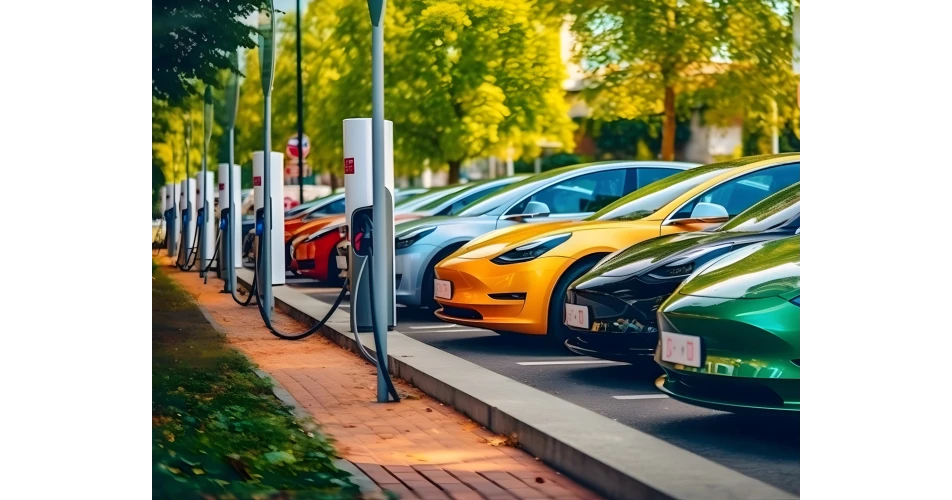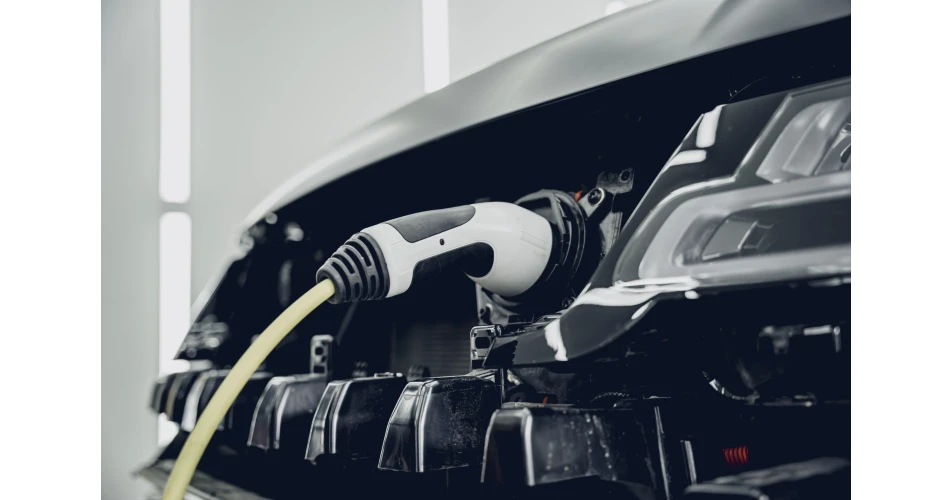Anecdotal evidence from the Irish market highlights two potential problems with EV accident repair, one being the cost and the other being parts availability that can significantly delay a repair and thus also add cost, in terms of storage and replacement vehicle hire. So what is the truth about the cost of EV accident repairs and could the issue have an impact on EV sales growth?
As we all know, internet scare stories tend to attract a lot more media attention. You are therefore never more than a few clicks away from the story of the astronomical cost of a Tesla repair or an EV being written off, for seemingly very minor damage. To get a balanced picture, three key factors need to be considered;
1) Repair Cost, 2) Total Repair Time, 3) Write Off Possibility.
Repair Cost: In July last year, Thatcham Research produced a study highlighting the technical and practical differences between Battery Electric Vehicles (BEVs) and internal combustion engine (ICE) vehicle insurance claims. It found BEV incident claims were on average 25.5% more expensive than their ICE equivalents. Meanwhile a US study by Mitchell Analytics, recently found average EV repair costs running at $6,787 per collision versus $4,420 for ICE cars. Perhaps of even more concern, according to Allianz in Germany, EV claims currently make up 2% of the total volume of claims, but represent 10% of repair costs.
Two mitigating factors need to be considered. The first being repair time, which is considered below. The second is the make-up and age of the EV car parc. EVs tend to be newer models and increasingly fall into the premium and luxury categories. This means that they will feature a high degree of new technology, especially ADAS systems, which are both time consuming and expensive, when it comes to replacement parts. EVs also tend to feature newer materials such as plastic, aluminium and high strength steels, again adding to repair complexity.
However, EV construction methods, also often mean repairs are more complex, as there are less individual parts that can be replaced and more complete castings. For example, Tesla uses a Giga Casting system, which presses large sections of the vehicle as one piece, meaning this has to be replaced as a total unit.
So in summary, it would seem that repair costs on EVs may seem high, but this is partly due to the amount of tech they carry. However, euro for euro at present, EV repairs are more time consuming and parts are generally more expensive.
Total Repair Time: The Thatcham report says that on average, EV’s currently take 14% more time to repair than ICE vehicles, from estimate to completion. There would appear to be a number of reasons for this including, fewer repairer centres with EV expertise, parts waiting times, longer repair processes and added safety requirements, including battery quarantine. The availability of key EV parts appears to be a very common problem, with Tesla parts availability and delivery times a particular concern. This added time, of course impacts considerably on repair costs, due to the added cost of storage and replacement car hire.
Write Off Possibility: Horror stories about EV write-offs are common place, but the notion that EVs have a much higher write-off rate is not necessarily founded in fact. The working theory is that if an EV sustains battery damage, the cost of the replacement battery combined with vehicle depreciation, quickly makes the car a total loss (replacement EV batteries can cost anywhere from € 10,000 to upwards of €30,000). However, EV batteries are generally very well protected and serious damage is relatively rare. The reasons EVs are being classed as write-offs, are perhaps more to do with repair delays causing huge storage and hire costs and the fact that EVs can currently command very high salvage value, which may make insurers more inclined to class them as a total loss.
The figures for write-offs are not truly conclusive, but generally EV and ICE write-off rates are similar, or in some cases EV rates are actually better, with higher EV values being key.
So over all, it would seem that EVs are more expensive and take longer to repair than ICEs, however, reports of widespread total losses are exaggerated. What does hang over the EV repair, is a degree of uncertainty, something which insurers are very adverse to. This has led to EV insurance costs rising and generally less EV insurance options.
The point also must be made that while the car has been around for well over 100 years, EVs, in any meaningful form, have a track record of less than a decade. This means we are dealing with new technology which always takes time to iron out issues, especially when it comes to the aftermarket and accident repair.
Indeed the Thatcham report indicates that most potential problems can be solved. Better and quicker access to EV parts and repair methods will resolve many issues, as will more training and a growing number of EV repair specialists. However, the EV manufacturers must also play a role.
EV makers need to consider reparability in the design of their models, something that we are already witnessing, as modular EV batteries that can be repaired rather than totally replaced, start to come on stream.
So at present, EV accident repair is an area of potential concern and one which insurance companies are increasingly nervous about. It will be up to the car makers, repairers and insurers to work together, to find cross industry solutions that make the repair process simpler and more sustainable.
 EV makers need to consider reparability in the design of their models
EV makers need to consider reparability in the design of their models
 Better & quicker access to EV parts & repair methods will resolve many issues, as will more training and a growing number of EV repair specialists
Better & quicker access to EV parts & repair methods will resolve many issues, as will more training and a growing number of EV repair specialists